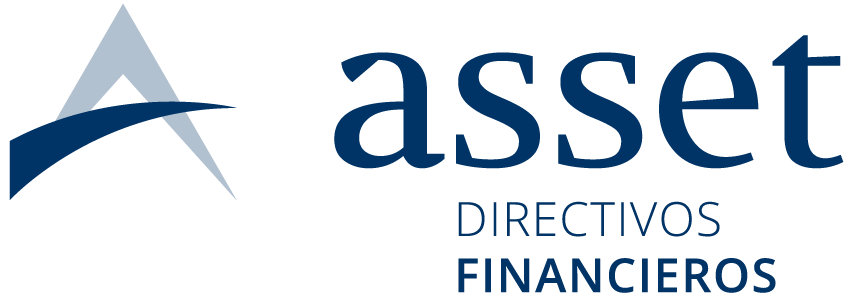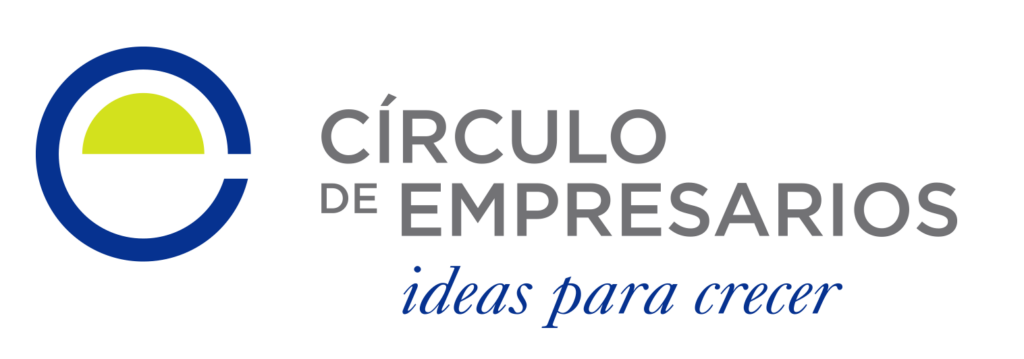Return on assets (ROA) is an indicator of a company's profitability relative to its total assets. ROA gives shareholders, managers and funders an idea of how well a company is being managed by measuring the percentage of profit it makes compared to the value of its assets.
ROA is calculated by dividing a company's net profit by the value of its total assets and multiplying the result by 100:
ROA = (Net profit / Asset value) x 100
For example, let us assume that a car manufacturer made a net profit of EUR 3.5 million in 2021 and his company has EUR 50 million in total assets by the end of that year.
To determine the return on assets we will have to carry out the following operation:
3.500.000 / 50.000.000 = 0,07
0,07 x 100 = 7
Therefore, the company in question has an ROA of 7%, or in other words, for every euro it has in assets, the company is making a profit of 7 cents.
However, the value of company assets changes over time. To calculate ROA more realistically, the total value of assets at the end of the year can be replaced in the equation by the average value of the company's assets over the course of the year. Thus we obtain that:
ROA = (Net profit / Average asset value) x 100
ROA measures the capacity of business assets to generate added value, i.e. profit, and is information that is often studied by a company's stakeholders when deciding whether to invest (in the case of shareholders) or finance.
If the ROA is higher than market interest rates, it means that the company's assets are yielding above market rates, so it will generate higher profits and be worth investing in or financing.
Normally, an ROA of more than 5% is considered to be good and from 20% onwards it is considered to be very good. However, to know the real profitability of a company it is necessary to compare its ROA with that of other comparable companies in the same sector, since depending on the sector of activity, different volumes of assets are required and different types of ROA are expected.
For example, a software development company is likely to have considerably fewer assets in its portfolio than a company in the real estate sector (although more human capital in developers is not an asset item on the balance sheet).
Along with ROA, another of the most commonly used ratios to assess a company's profitability is ROE (return on equity), which, instead of the company's total assets, takes into account the company's equity, i.e. the company's resources owned by the shareholders, in addition to the profit or loss for the year.
The ROE is an interesting tool for investors who are thinking of acquiring shares in a company, as its ROE will allow them to determine whether the value of the shares is appropriate and therefore their competitiveness in the market. The formula for calculating ROE is as follows:
ROE = total net profit/equity
Own funds are calculated as the difference between the value of all assets and all liabilities, which can be found in the company's balance sheet.
For a company that is not indebted, ROA and ROE will be equal. On the other hand, if it is, ROE will be higher than ROA because of the "leverage effect" of debt, which will provide the company with more liquidity and resources at a lower cost than equity to develop its activity.






